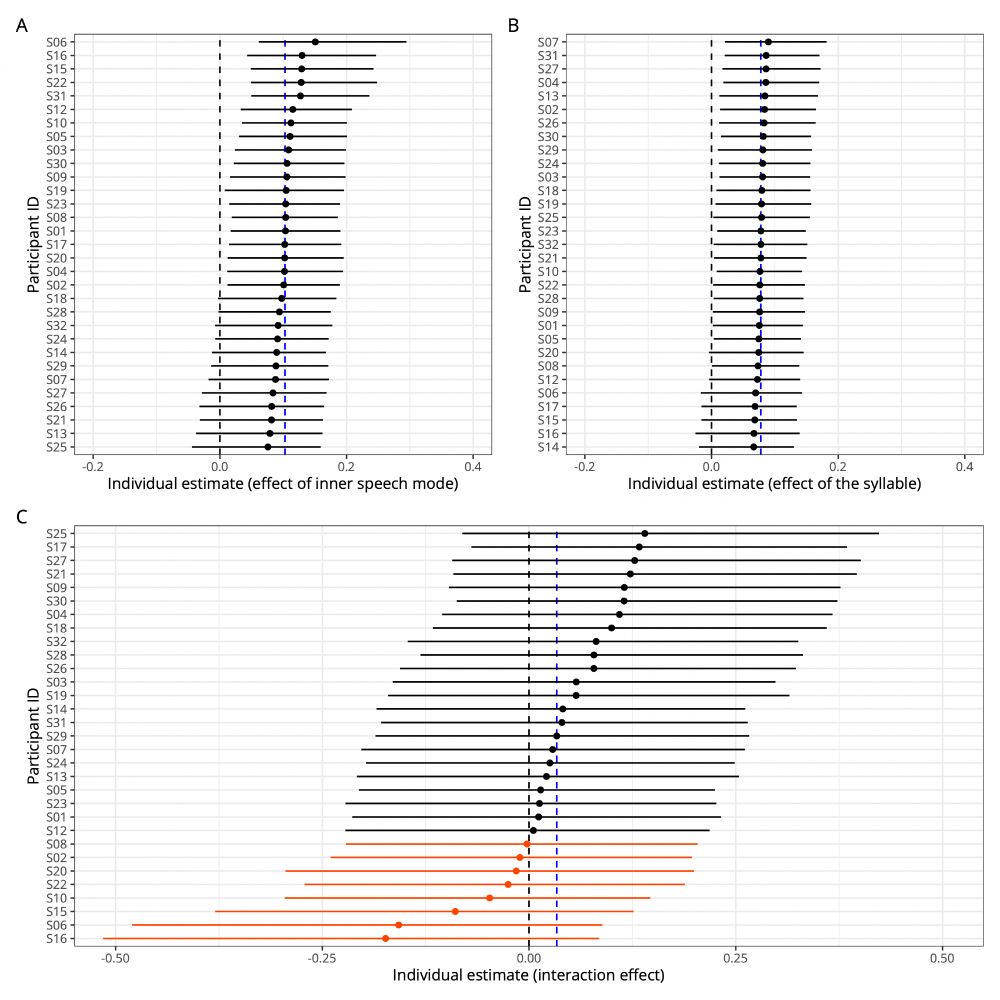
Inner speech, mental/motor imagery, cognitive/statistical modelling, EMG, M/EEG, open and slow science. https://lnalborczyk.github.io
Spoiler: Durations are mentally organised along (at least) three interpretable dimensions! More complex structure than we previously assumed.
Spoiler: Durations are mentally organised along (at least) three interpretable dimensions! More complex structure than we previously assumed.








It is often assumed that motor imagery involves the motor system but does not result in execution because of inhibitory mechanisms. One suggested mechanism is that the execution threshold would be "upregulated"...
#psychscisky #neuroskyence

It is often assumed that motor imagery involves the motor system but does not result in execution because of inhibitory mechanisms. One suggested mechanism is that the execution threshold would be "upregulated"...
#psychscisky #neuroskyence


I will be around (in Grenoble) for a few days, so please let me know if you'd like to meet!

I will be around (in Grenoble) for a few days, so please let me know if you'd like to meet!

In this study, we assessed lip (!) cortical excitability using TMS during inner speaking (imagining producing speech) and inner hearing (imagining hearing speech)...

In this study, we assessed lip (!) cortical excitability using TMS during inner speaking (imagining producing speech) and inner hearing (imagining hearing speech)...

